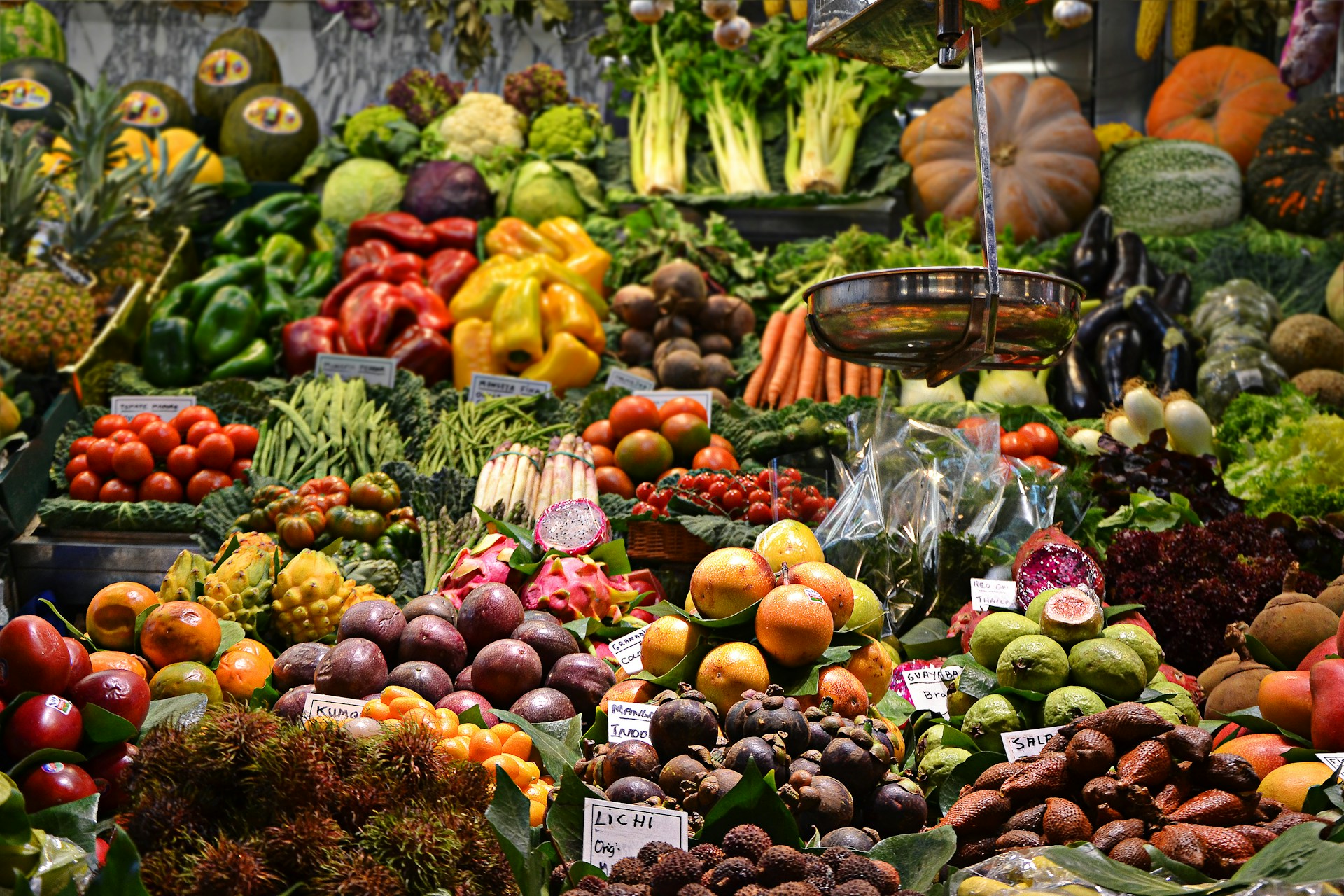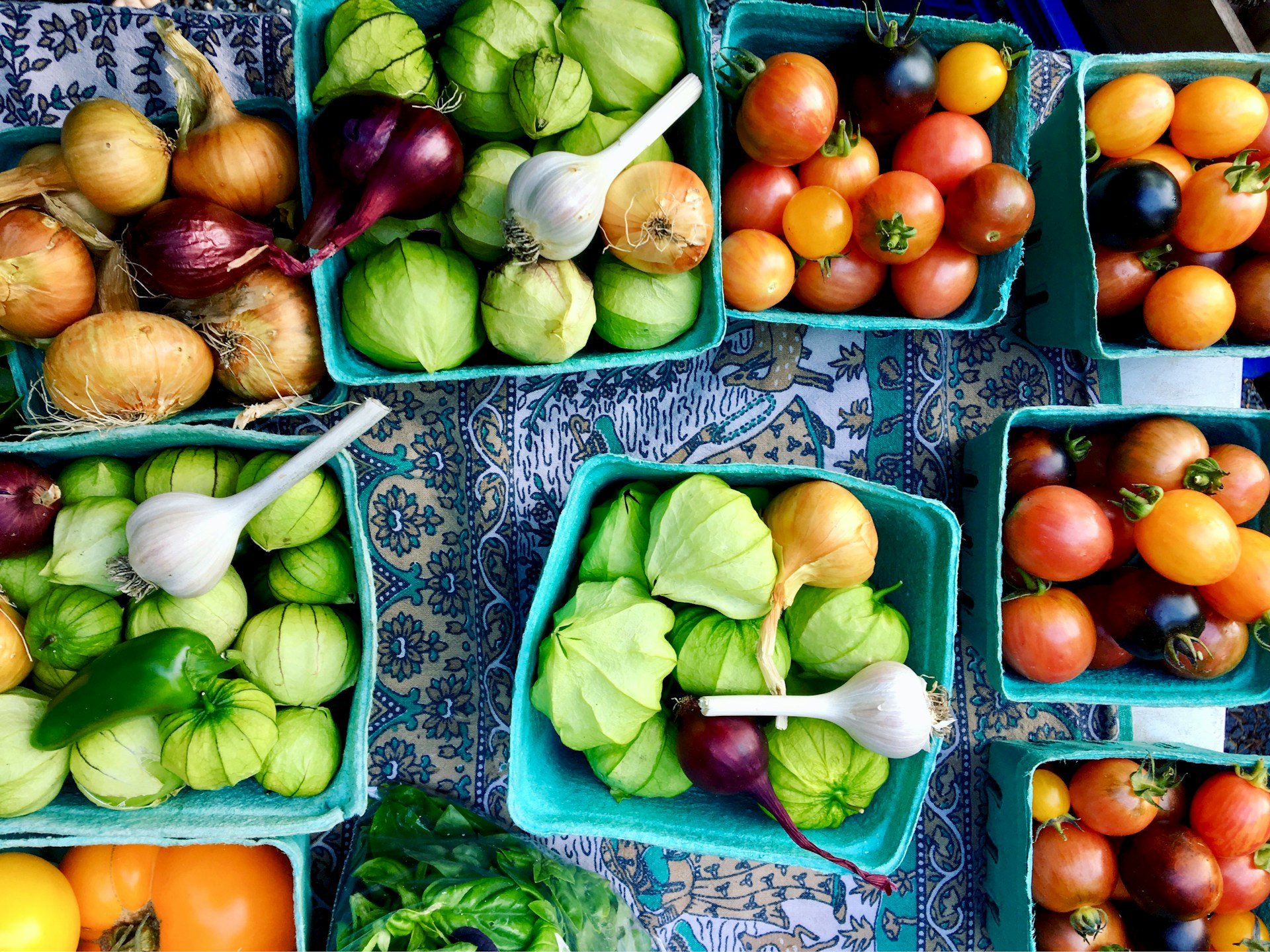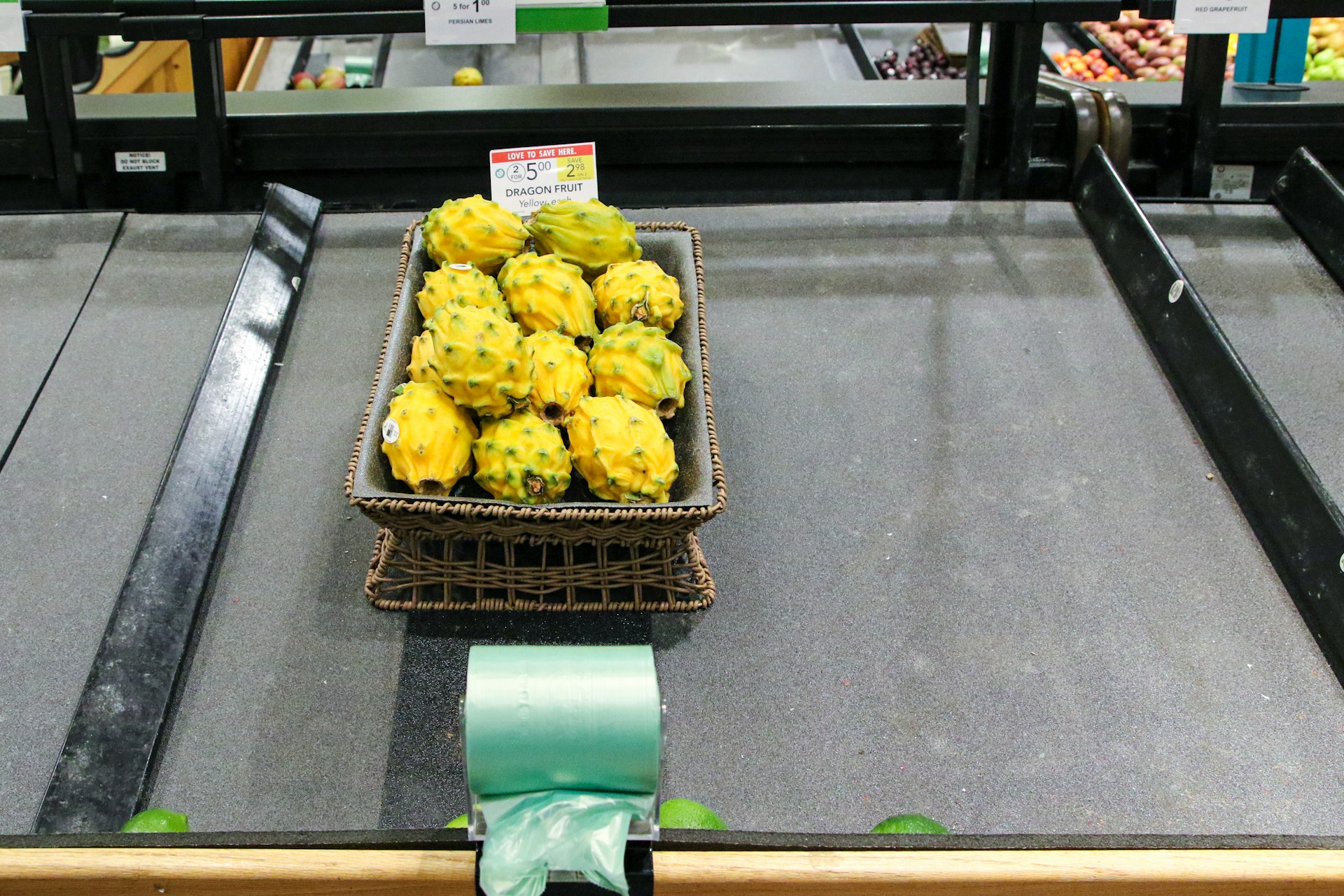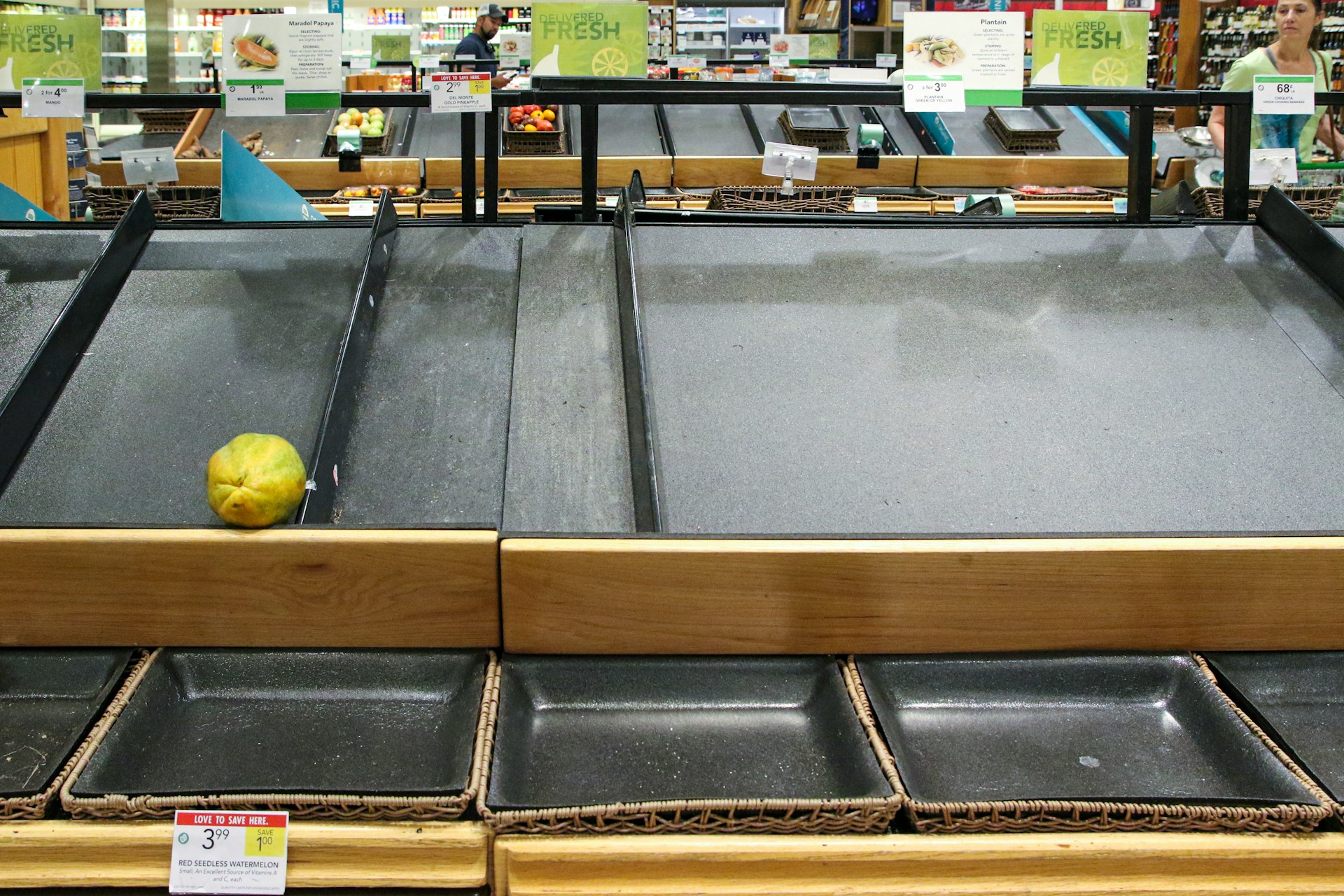The preservation of produce is a crucial component in the global food chain, impacting everything from global economics to family nutrition.
It’s particularly critical to understand how cooling techniques can enhance and lengthen the shelf life of various fruits and vegetables.
This understanding not only promotes sustainability but also decreases food waste, improving economic viability.
However, different types of produce require individual preservation approaches.
It is essential to explore practical, researched, and effective methods to keep produce fresh for long periods.
The focus of this writing will be on scientific, field-proven strategies to optimize shelf life by employing various cooling techniques.
Contents
Cooling Techniques For Longer Produce Shelf Life
1. Vacuum cooling of fruits and vegetables
The process of vacuum cooling is a significant cooling technique leveraged to extend the shelf life of fruits and vegetables.
Effective in rapidly reducing the temperature of produce, vacuum cooling allows the fruits and vegetables to maintain their freshness, texture, and flavor for a longer duration.
The process functions by reducing the atmospheric pressure around the produce, resulting in an evaporative cooling effect.
This evaporative cooling effect effectively cools the internal temperature of the produce, ensuring the retardation of metabolic and enzymatic processes that can lead to produce deterioration.
Vacuum cooling greatly improves the overall quality and marketable life of fresh produce, offering superior results compared to conventional cooling methods.
Furthermore, vacuum cooling is highly versatile, capable of being applied to a wide array of fruits and vegetables, from leafy greens to berries and root vegetables.
This versatility is especially advantageous in the agricultural industry where diversity of produce is common and a one-size-fits-all solution is not always feasible.
Despite the many benefits offered by vacuum cooling, it is worth noting that this method may not be suitable for all kinds of fruits and vegetables.
For example, produce that is extremely sensitive to moisture loss, such as berries and cherries, may be negatively affected by vacuum cooling.
This is due to the evaporative nature of the cooling process, which can also lead to significant water loss in some types of produce.
As such, while vacuum cooling offers many advantages, careful consideration and appropriateness of application should be factored into its use.
Further, vacuum cooling equipment can be substantial in cost, which may present a barrier to its implementation for some operations.
However, the long-term return on investment in terms of enhanced product quality and extended shelf life can often outweigh this initial capital outlay.
The global trends towards sustainable agriculture and food preservation underline the relevance of vacuum cooling.
Investments in this technology are indicative of the recognition of its significant benefits for not just the commercial viability of agricultural businesses, but also for global food security and reduction in food waste.
Overall, vacuum cooling stands out as a highly effective technique in the suite of cooling methods available for the preservation of fresh produce.
2. Controlled Atmosphere Storage or Preservation
Controlled atmosphere storage or preservation is an essential technique for extending the shelf life of fruits and vegetables.
This method involves carefully regulating the concentration of oxygen, carbon dioxide, and nitrogen in the storage environment.
The ideal gas composition depends on the specific type of produce being stored and may require a considerable amount of calibration to find the optimal conditions.
By manipulating the composition of the atmosphere in storage, the metabolic rates of the produce can be significantly slowed down, leading to an extended shelf life.
Reduced oxygen levels can delay the ripening process and the onset of senescence, keeping fruits and vegetables fresh for a longer period
Increasing the amount of carbon dioxide can inhibit the growth of certain pathogens and decreases the rate of ethylene production, a gas that accelerates ripening.
Nitrogen often serves as a filler gas, and too much nitrogen can be detrimental to some types of produce.
By balancing these gases, the decay processes of the produce can be manipulated and slowed, extending their shelf life significantly.
It’s important to note that each type of produce may have slightly different optimal gas ratios and atmospheric conditions.
For example, apples prefer a higher level of carbon dioxide compared to other fruits and vegetables.
This method also requires a consistent monitoring and adjustment of the storage environment to maintain the optimal gas composition, as the produce will naturally use up some gases while generating others.
And lastly, controlled atmosphere storage is often combined with other techniques, like refrigeration, to create an even more beneficial environment for the produce.
This method is highly effective, but it does come with a higher cost compared to traditional storage methods due to the equipment and monitoring needed.
Despite the cost, the potential benefits of extending the shelf life of fresh produce and reducing waste make controlled atmosphere storage an attractive option for many producers and suppliers.
3. Rapid precooling through hydrocooling.
The process of rapid precooling is a key factor to consider when aiming to extend the shelf life of fruits and vegetables.
One widely used method for this purpose is hydrocooling, which involves the use of cold water to quickly reduce the temperature of the produce.
Hydrocooling is efficient because water has a greater capacity for carrying away heat compared to air, making the cooling process much faster.
The speed and efficiency of hydrocooling make it an excellent choice for preserving the quality and extending the shelf life of perishable commodities.
What more, hydrocooling is not restricted to any specific type of crop and can be used for a variety of fruits and vegetables including leafy greens, berries, and root vegetables, among others.
This method is especially beneficial for products which have a high respiration rate and hence generate significant amounts of heat.
For these types of produce, rapid precooling through hydrocooling can significantly delay the onset of spoilage.
In the hydrocooling process, the produce is usually submerged in cold water or passed through a cold water shower.
The cooling rate can be controlled by altering the temperature and flow rate of the water.
Careful management of these parameters can allow for optimized cooling, keeping the produce at the ideal temperatures for maintaining freshness.
However, it is essential to note that although hydrocooling is effective, it is not without challenges.
Potential concerns including water contamination and excess moisture need to be addressed.
Moreover, certain fruits and vegetables may not be suitable for hydrocooling due to their sensitivity to water or the potential for water to speed up decay.
Nevertheless, with correct implementation and attention to details, hydrocooling can be a powerful tool in increasing the shelf life of fruits and vegetables.
In essence, rapid precooling through hydrocooling is a critical strategy in the broader toolbox of cooling techniques aimed at providing consumers with fresher, longer-lasting produce.
4. Forced Air Cooling for Fresh Produce
As an essential process in fresh produce maintenance, forced air cooling actively manipulates temperature to preserve quality and advance shelf-life.
The concept is pretty straightforward – air is forced over the product, quickly removing heat and reducing the temperature of the produce.
An important advantage of forced air cooling is its speed.
Because air is driven directly over the produce, hard-to-reach heat pockets are eliminated, helping to cool the produce more quickly than other methods such as hydro cooling or room cooling.
Faster cooling means that the produce spends less time in harmful conditions, such as exposure to the air, leading to reduced decay and wastage.
Faster cooling, enabled by forced air cooling, extends the shelf life of the products substantially, contributing to the reduction of food waste and increased overall efficiency.
Moreover, uniformity of cooling is another significant advantage of this method.
Unlike room cooling, where produce nearer to the cooling unit gets colder faster while produce further away lags, forced air cooling ensures that all produce is cooled effectively and uniformly.
This lack of temperature variance helps to prevent condensation, which can lead to microbial growth and product spoilage.
Finally, efficiency and cost-effectiveness are essential benefits of forced air cooling.
While there is an initial investment to set up forced air cooling systems, in the long run, they prove to be economical due to their relative efficiency and effectiveness.
By significantly reducing waste resulting from decay, forced air cooling contributes to the monetary gains of the businesses involved in the produce supply chain.
Therefore, forced air cooling stands as an effective solution for extending the shelf life of fresh produce.
While no cooling method is perfect and each has its pros and cons, forced air cooling proves its worth through its effectiveness, efficiency, uniformity, and speed.
By understanding how it works and the benefits it provides, it can be appropriately implemented and utilized to maximize product shelf life and reduce waste.
Thus, when it comes to cooling techniques for longer produce shelf-life, forced air cooling remains an important player in the industry.
5. Portable In-field Cooling Technology
In recent years, portable in-field cooling technology has revolutionized the farming and food processing industry.
This technology increases the shelf life of fruits, vegetables, and other types of farm produce.
It acts by swiftly lowering the temperature of the produce immediately after harvest.
By so doing, the rate of respiration and transpiration of the harvested produce is enormously reduced.
Such a reduction slows down the bacterial activities and other biological reactions that lead to the spoilage of the fruits and vegetables.
This in turn, profoundly enhances the quality and extends the shelf life of the farm produce.
What makes portable in-field cooling technology stand out is its ability to operate right within the farm.
This edge allows farmers and food processors to commence the cooling process immediately the harvest is done.
A swift introduction of cooling drastically reduces the field heat which is a common cause of rapid spoilage of farm produce.
More to that, portable in-field cooling technology is not just effective but highly flexible and convenient.
These units come in different sizes and capacities, and can be moved from one place of the farm to another effortlessly.
Regardless of the size of your farm or the volume of your harvest, there is a portable in-field cooling unit suitable for your needs.
Another incredible advantage of this technology is that it operates independently of external power sources.
Most portable in-field cooling units come with their own built-in power generators that conserves energy.
This feature proves essential for those farms located in remote areas with limited access to energy.
Furthermore, portable in-field cooling technology is also environmentally friendly.
For many decades now, environmental conservation has become a major concern, leading to an increasing demand for green technology in every industry.
Therefore, by implementing portable in-field cooling technology, farmers are not just increasing their profitability, but also contributing to the conservation of our environment.
The Bottom Line
Advancements in cooling technologies for fresh produce are revolutionizing the ways fruits and vegetables are stored, preserved, and transported globally.
Vacuum cooling, hydro cooling, and forced air cooling offer efficient and rapid cooling solutions, thereby maintaining nutritional quality and extending the shelf-life of the produce.
Controlled atmosphere storage is a significant breakthrough, providing an ideal environment conducive to the preservation of fruits and vegetables.
Furthermore, the advent of portable in-field cooling technology is paving the way for on-site preservation, reducing wastage and enhancing quality control.
Thus, these contemporary technologies are certainly changing the dynamics of fresh produce handling and distribution, ensuring healthier and better-quality food for consumers.




